Visiting a supplier of cinnamon in Sri Lanka
A very lucky Tommy was recently in Sri Lanka to visit a supplier of cinnamon.
Escaping the UK wind and rain, he was able to explore a special country for the first time and learn more about this special spice.
Traditional methods with a long history:
The cultivation, harvesting and processing of cinnamon is incredibly skilful with methods remaining unchanged for over a thousand years. There is evidence dating back over 1,200 years of a Ceylon cinnamon trade with Rome and Egypt. It then became a key source of supply in the ‘Spice Race’ between the Dutch, Portuguese and the English.
All the processing is still undertaken by hand with no improvements in machinery (except for maybe a pair of scissors) for over 1,000 years.
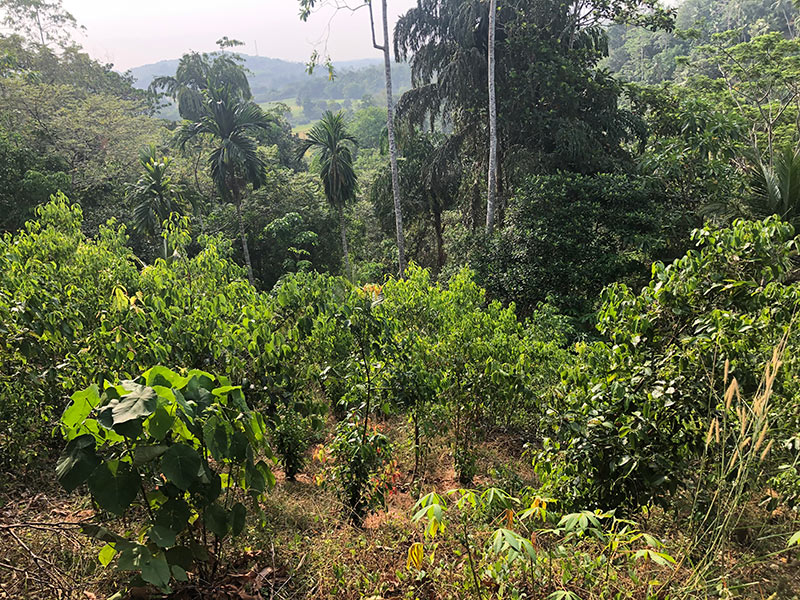
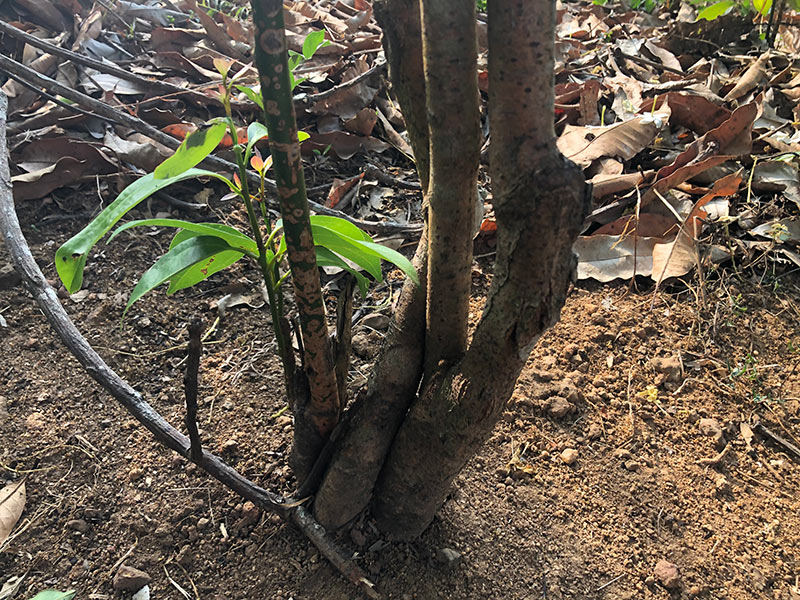
Cinnamon cultivation
The farm Tommy went to visit was in the south of Sri Lanka with 17 acres under cultivation. It is a beautiful region surrounded by jungle with the monsoon season between April and December. The monsoon season is when the majority of harvest and processing takes place as the bark is easier to separate from the wood of the tree.
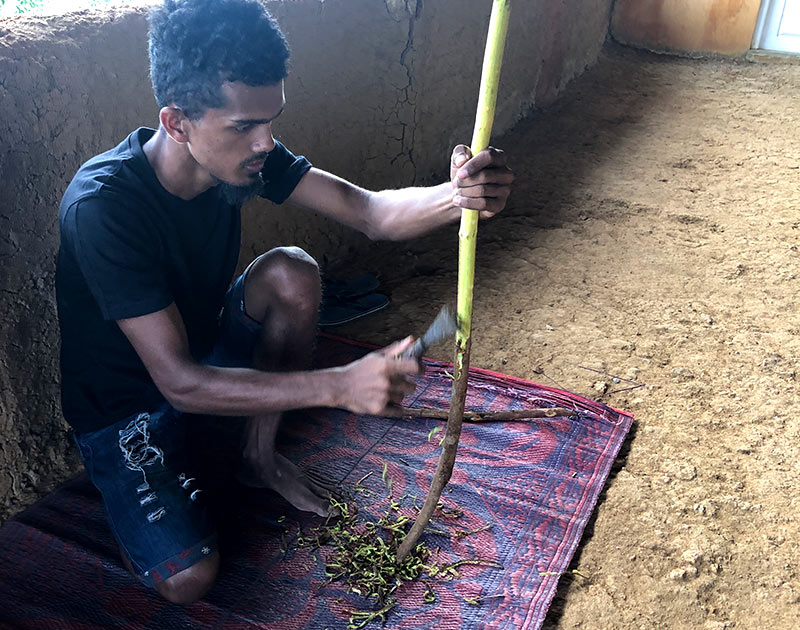
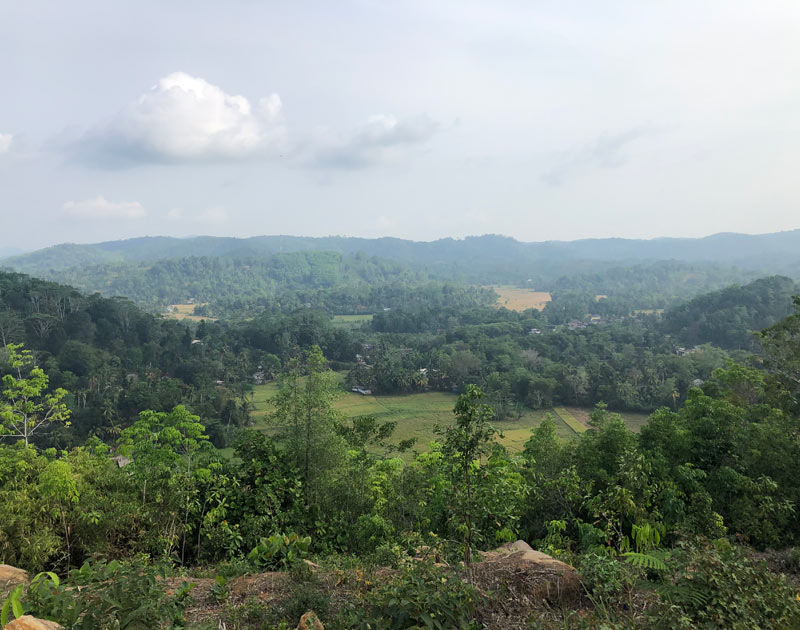
Cinnamon properties
The farm produces cinnamon bark but also cinnamon leaf oil, cinnamon bark oil, cinnamon wood for BBQs and even their own cinnamon wood Christmas trees. Each have their own uses but cinnamon features largely in all Sri Lankan cuisine and it has many qualities. It is a well-known antioxidant and is very good for metabolism. The Sri Lankan population also swear by its healing capabilities and consume huge quantities of it – especially around Christmas. Strangely however, the biggest importers of Sri Lankan cinnamon are the Mexicans.
Cinnamon coppicing
Cinnamon is coppiced at least once (sometimes twice) a year ensuring new growth from the same plant. The coppicing is down by hand with a knife called a ‘kattha’. It is cut at around 45% moisture. The outside bark is then gently removed before the stick is then rolled to encourage the bark to release itself easily from the wood. The bark is then peeled using a small knife. These are then carefully arranged within the largest peeling to create the quills before the quills are cut into 21-inch lengths. The cinnamon is then dried for two weeks on racks but out of direct sunlight to around 22% moisture content. Contact with direct sunlight can greatly damage the end product and the correct drying conditions will ensure a long life. Cinnamon can be sold in 6-inch quills or as kibbled material (as Beacon buys which is also known as quillings).
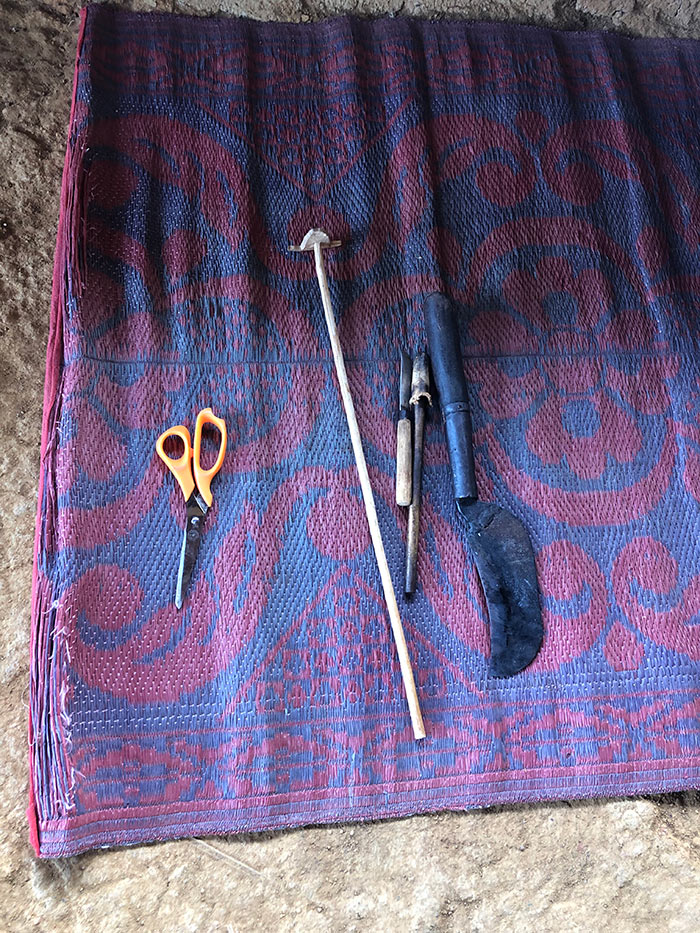
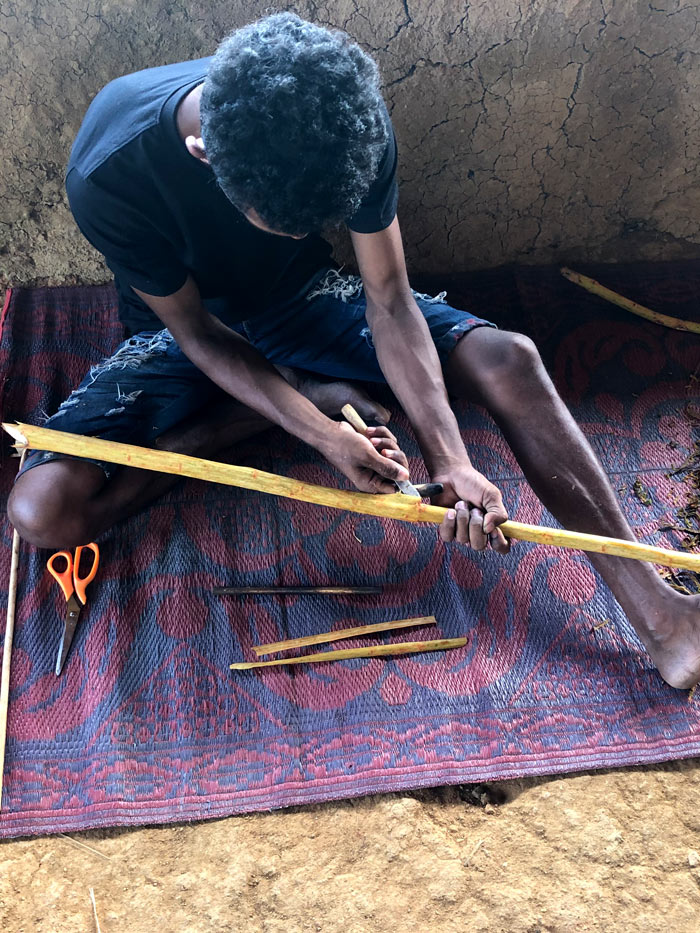
We hope you find this of interest and please refer to our website to see the video of the delicate processing. It made such an impression on Tommy that the Beacon Commodities’ coffee run has been replaced with cinnamon tea.